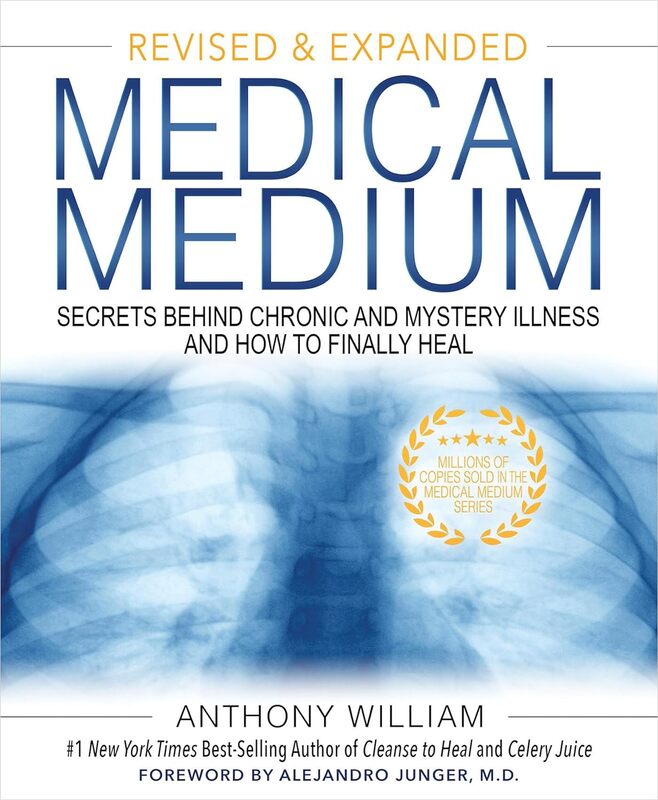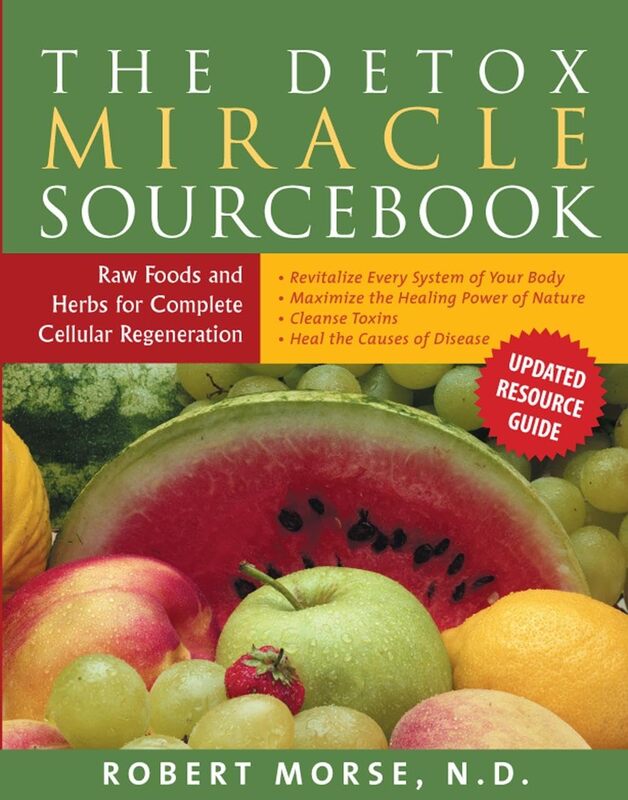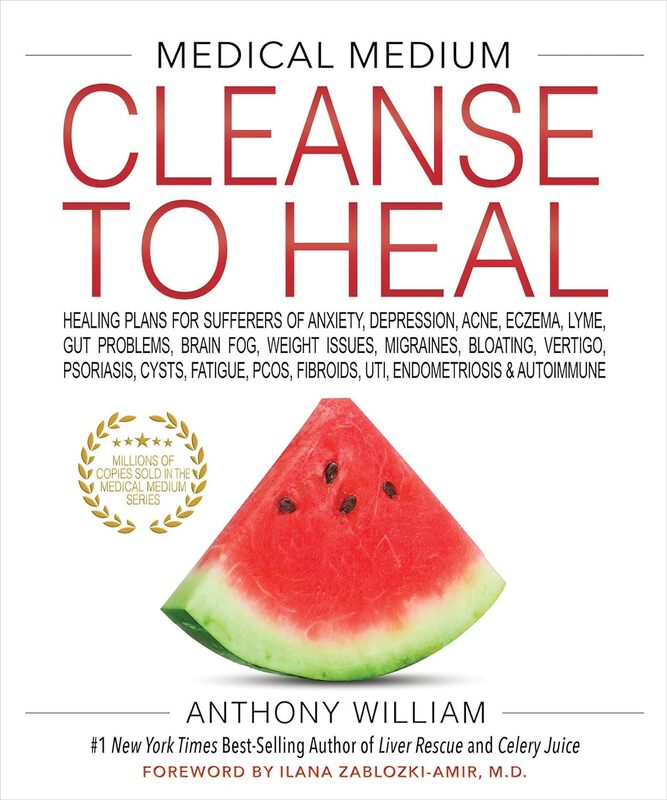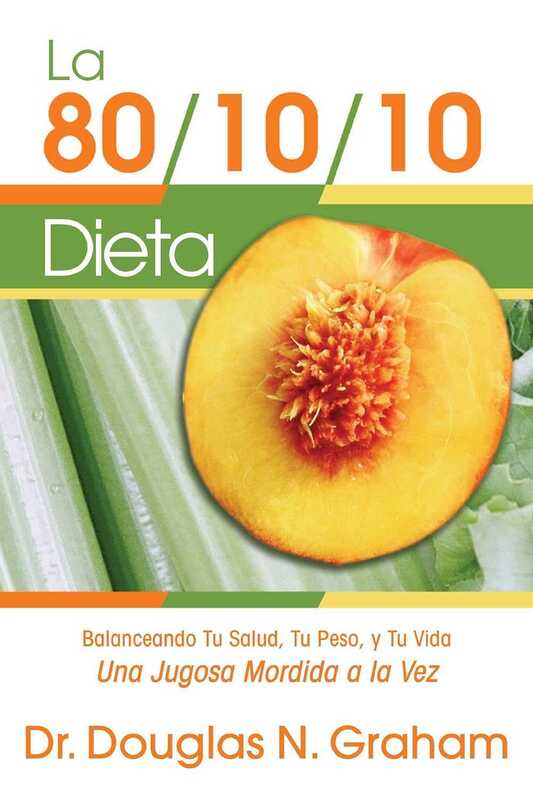Parsley
According to a 2013 report in the Journal of Traditional Chinese Medicine, parsley has been used as “a treatment of gastrointestinal disorder, hypertension, cardiac disease, urinary disease, diabetes and also various dermal diseases in traditional and folklore medicines.
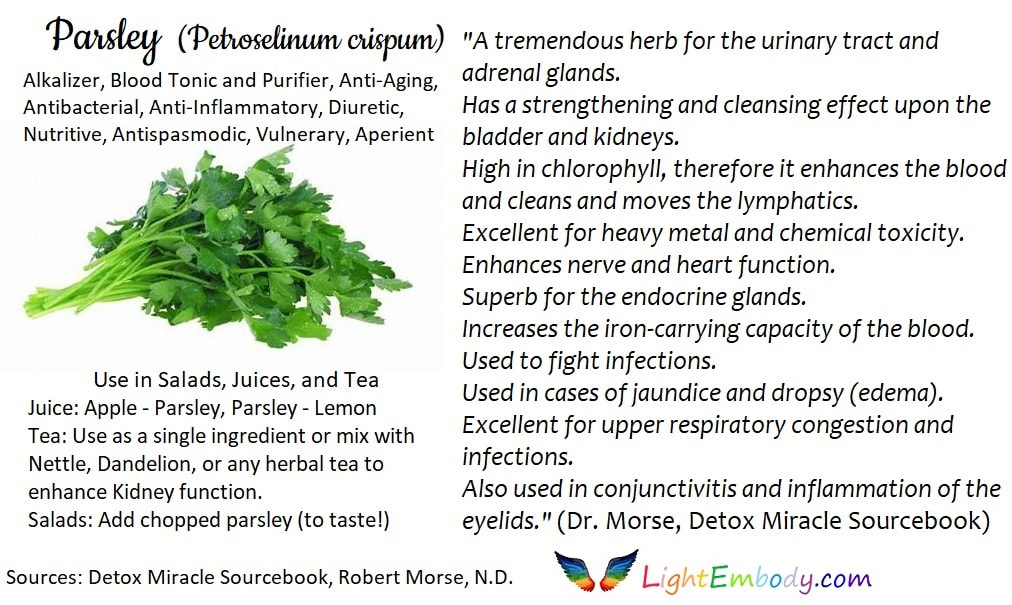
Botanical Name: Carum Petroselinum, Petroselinum crispum
Common Name: Parsley
Family: Umbelliferae (Apiaceae)
Ayurvedic/TCM Name: Prajmoda
Parts Used: leaves, seeds and roots in some varieties
Native Region: Indigenous to the eastern Mediterranean; naturalized in Europe and widely cultivated around the globe as an herb, spice, and vegetable.
Botanical Description: Garden parsley is a bright green, biennial plant in temperate regions and an annual herb in subtropical and tropical areas. Where it grows as a biennial, in the first year, it forms a rosette of tri-pinnate leaves 10-25 cm long with numerous 1-3 cm leaflets, and a tap root used as a food store over the winter. In the second year, it grows a flowering stem to 75 cm (30 in.) tall with sparse leaves and flat-topped 3-10 cm diameter umbels with numerous 2 mm diameter yellow to yellowish-green flowers. The seeds are ovoid, 2-3 mm long, with prominent style remnants at the apex. One of the compounds of the essential oil is apiol. The plant normally dies after seed maturation.
Medicinal Uses: The uses of Parsley are many. Historically, the medicinal uses of parsley were popular long before it was considered to have culinary benefits. In ancient Greece, it was used to adorn winners of athletic contests and in decorating tombs of the dead.
The vitamin content in parsley is interesting. It has twice the amount of iron as spinach and three times the vitamin C of an orange. Parsley also contains 574% of the daily recommended value of vitamin K, associated with promoting strong bones, as it helps improve calcium absorption and reduce urinary excretion of calcium. There is some research on vitamin K and Alzheimer’s treatment and prevention.
Parsley also helps as a natural detox aid and a diuretic. Medicinally, the two-year old roots are employed along with the leaves, for making Parsley Tea, and the seeds, for the extraction of an oil called Apiol, which is of considerable curative value and was used in malarial disorders. Parsley has carminative, tonic and aperient action, but is chiefly used for its diuretic properties. A strong decoction of the root being of great service in kidney conditions. Parsley tea proved useful in the trenches during war time when soldiers got kidney complications, when suffering from dysentery.
Parsley contains two unusual components that provide unique health benefits. The first is volatile oil components; the second type is flavonoids. The volatile oils, like myristicin, have been shown to inhibit tumor formation in animal studies, particularly, tumors in the lungs. It is considered a “chemoprotective” food that can neutralize carcinogens like benzopyrene – a part of cigarette smoke and charcoal grill smoke. The flavonoids in parsley – like luteolin, have been shown to function as antioxidants and help prevent oxygen-based damage to cells.
Culinary Uses: The flat leaf “Italian” parsley is the most strongly flavored. This is the variety to use for cooking. Curly parsley is much prettier on a plate, but has less flavor and is mostly used for garnishes. Parsley can be used anywhere in cooking you want some bright green color. It is beautiful and adds a brightness to the flavor of Cole slaw. It is often used in middle eastern recipes like Lebanese Tabbouleh, where it is the key ingredient. Parsley is a classic soup herb. It is an aromatic vegetable that makes the flavor richer. You can use stems and all. It’s a wonderful addition to cooked vegetables, especially green beans or peas, as it tends to accentuate the flavor of the vegetable. It can be added sparingly to salads, chopped and dried, or chopped and frozen in ice cubes.
Fresh parsley should be chosen over dried parsley since it has superior flavor. It should be deep green in color and crisp. Fresh parsley can be kept in the refrigerator in a plastic bag. If it looks slightly wilted, cut the stems under water and let stand in the water for a few minutes. You should see it “perk up” quickly. When using it in cooked dishes, add it near the end of the cooking process.
http://www.sunoven.com/materia-medica-parsley
Common Name: Parsley
Family: Umbelliferae (Apiaceae)
Ayurvedic/TCM Name: Prajmoda
Parts Used: leaves, seeds and roots in some varieties
Native Region: Indigenous to the eastern Mediterranean; naturalized in Europe and widely cultivated around the globe as an herb, spice, and vegetable.
Botanical Description: Garden parsley is a bright green, biennial plant in temperate regions and an annual herb in subtropical and tropical areas. Where it grows as a biennial, in the first year, it forms a rosette of tri-pinnate leaves 10-25 cm long with numerous 1-3 cm leaflets, and a tap root used as a food store over the winter. In the second year, it grows a flowering stem to 75 cm (30 in.) tall with sparse leaves and flat-topped 3-10 cm diameter umbels with numerous 2 mm diameter yellow to yellowish-green flowers. The seeds are ovoid, 2-3 mm long, with prominent style remnants at the apex. One of the compounds of the essential oil is apiol. The plant normally dies after seed maturation.
Medicinal Uses: The uses of Parsley are many. Historically, the medicinal uses of parsley were popular long before it was considered to have culinary benefits. In ancient Greece, it was used to adorn winners of athletic contests and in decorating tombs of the dead.
The vitamin content in parsley is interesting. It has twice the amount of iron as spinach and three times the vitamin C of an orange. Parsley also contains 574% of the daily recommended value of vitamin K, associated with promoting strong bones, as it helps improve calcium absorption and reduce urinary excretion of calcium. There is some research on vitamin K and Alzheimer’s treatment and prevention.
Parsley also helps as a natural detox aid and a diuretic. Medicinally, the two-year old roots are employed along with the leaves, for making Parsley Tea, and the seeds, for the extraction of an oil called Apiol, which is of considerable curative value and was used in malarial disorders. Parsley has carminative, tonic and aperient action, but is chiefly used for its diuretic properties. A strong decoction of the root being of great service in kidney conditions. Parsley tea proved useful in the trenches during war time when soldiers got kidney complications, when suffering from dysentery.
Parsley contains two unusual components that provide unique health benefits. The first is volatile oil components; the second type is flavonoids. The volatile oils, like myristicin, have been shown to inhibit tumor formation in animal studies, particularly, tumors in the lungs. It is considered a “chemoprotective” food that can neutralize carcinogens like benzopyrene – a part of cigarette smoke and charcoal grill smoke. The flavonoids in parsley – like luteolin, have been shown to function as antioxidants and help prevent oxygen-based damage to cells.
Culinary Uses: The flat leaf “Italian” parsley is the most strongly flavored. This is the variety to use for cooking. Curly parsley is much prettier on a plate, but has less flavor and is mostly used for garnishes. Parsley can be used anywhere in cooking you want some bright green color. It is beautiful and adds a brightness to the flavor of Cole slaw. It is often used in middle eastern recipes like Lebanese Tabbouleh, where it is the key ingredient. Parsley is a classic soup herb. It is an aromatic vegetable that makes the flavor richer. You can use stems and all. It’s a wonderful addition to cooked vegetables, especially green beans or peas, as it tends to accentuate the flavor of the vegetable. It can be added sparingly to salads, chopped and dried, or chopped and frozen in ice cubes.
Fresh parsley should be chosen over dried parsley since it has superior flavor. It should be deep green in color and crisp. Fresh parsley can be kept in the refrigerator in a plastic bag. If it looks slightly wilted, cut the stems under water and let stand in the water for a few minutes. You should see it “perk up” quickly. When using it in cooked dishes, add it near the end of the cooking process.
http://www.sunoven.com/materia-medica-parsley
Flat-leaf Italian parsley is more closely related to the wild parsley species that was first grown in the Mediterranean. Compared to curly parsley, it also has a stronger flavor and is easier to grow.
Healing Power of Parsley (from Medical Medium)
Though it could technically be grouped with the other aromatic herbs, parsley is in a class of its own because of its skill at alkalizing all the body systems. You’ve no doubt heard of the concept of body acidity and alkalinity—that when the body becomes acidic, disease can occur. Well, wherever parsley is sold, it should come with a sign that says, “Fights acidosis more than anything else.” Normally, alkalizing foods only have the ability to promote alkalinity in one or two body systems, so other systems can remain acidic. Used appropriately and on a regular basis, parsley can alkalize the entire body, crossing body systems and driving out acidity across the board. (Note that pH strips don’t give you the feedback on body acidity that you may think they do. For more on this, see the “Harmful Health Fads and Trends” chapter.) Mineral salts are a large part of what makes parsley so alkalizing—parsley’s specialized mineral salts bind onto unproductive acids in the body to drive them out. This alkalizing skill makes parsley helpful for preventing and battling every type of cancer.
The herb is an all-purpose pathogen-fighter; it keeps bacteria, parasites, and fungus at bay. Parsley is amazing for anything mouth-related such as gum disease, tooth decay, and dry mouth, as it impedes the growth of unproductive microorganisms there. It’s also a fantastic anti-DDT weapon—it has a great chelation effect that pulls out stores of herbicides and pesticides such as DDT that you never knew were hiding in your body and holding you back. Parsley is full of nutrition, including B vitamins such as folic acid, traces of B12 coenzymes, and vitamins A, C, and K. It’s also a highly remineralizing food, especially for those low in trace minerals; parsley provides magnesium, sulfur, iron, zinc, manganese, molybdenum, chromium, selenium, iodine, and calcium.
Parsley is practically a wild food, as it doesn’t need much tending to fare well and provide for you; it can even handle some colder weather, meaning that it has an adaptogenic nature. When you eat it, parsley passes this will to survive and thrive along to you. Parsley is an excellent herb to replenish you when you’re depleted and exhausted. Like licorice root, though it doesn’t usually make the lists of top adrenal boosters, parsley most definitely should.
CONDITIONS
If you have any of the following conditions, try bringing parsley into your life:
All types of cancer (especially blood cell cancers such as multiple myeloma), torn cartilage, phobias, anxiety, depression, gum disease, salivary duct problems, thrush, adrenal fatigue, Epstein-Barr virus (EBV) mononucleosis, amyotrophic lateral sclerosis (ALS), migraines, thyroid disease, urinary tract infections (UTIs), Addison’s disease, Parkinson’s disease, dementia, Alzheimer’s disease, arthritis, arteriosclerosis, atrial fibrillation, cardiovascular disease, chronic obstructive pulmonary disease (COPD),endocrine system disorders, hepatitis C, human immunodeficiency virus (HIV), bipolar disorder, Lyme disease, narcissistic personality disorder, fatty liver, ringworm, Sjogren’s syndrome
SYMPTOMS
If you have any of the following symptoms, try bringing parsley into your life:
Nausea; lightheadedness; dizziness; acidosis; loss of smell; loss of taste; malaise; abdominal pain; tremors; gum pain; dry mouth; headaches; weight gain; nosebleeds; tooth decay; gum recession; cavities; all neurological symptoms (including tingles, numbness, spasms, twitches, nerve pain, and tightness of the chest); mineral deficiencies (including trace mineral deficiencies); chemical sensitivities; inflammation of the uterus, ovaries, and/or fallopian tubes; memory loss; poor circulation; pre-fatty liver; shortness of breath; brain lesions; spinal lesions; tooth pain
EMOTIONAL SUPPORT
When you feel like you’re on an emotional roller coaster, turn to parsley. The herb grows in such a way that the stems and leaves on the outside mature first, and new growth continues in the center—so it’s a very centered and centering herb. If you feel like you’re being dragged along on someone else’s emotional roller coaster, offer her or him a dish with parsley in it. When a person gets enough of this herb, you’ll notice a more balanced state of mind and being.
TIPS
* One excellent way to enjoy and benefit from parsley is to juice it with celery. The mineral salts in these related herbs work in tandem, with the parsley’s salts binding onto acids such as lactic acid in the body and driving them out while celery’s salts bind onto other sorts of toxins while also feeding and helping to form neurotransmitter chemicals (of which there are many varieties as yet undocumented by medical research).
* You can also make a tea from parsley, using the herb fresh or dried (though preferably fresh).The infusion process is a great way to extract the maximum amount of trace minerals and phytochemicals hidden deep within parsley, so that you can absorb these nutrients.
* For maximum benefit, seek out flat-leaf parsley. (Curly-leaf parsley still has great value, so don’t skip it if flat-leaf isn’t available.)
(Medical Medium)
Though it could technically be grouped with the other aromatic herbs, parsley is in a class of its own because of its skill at alkalizing all the body systems. You’ve no doubt heard of the concept of body acidity and alkalinity—that when the body becomes acidic, disease can occur. Well, wherever parsley is sold, it should come with a sign that says, “Fights acidosis more than anything else.” Normally, alkalizing foods only have the ability to promote alkalinity in one or two body systems, so other systems can remain acidic. Used appropriately and on a regular basis, parsley can alkalize the entire body, crossing body systems and driving out acidity across the board. (Note that pH strips don’t give you the feedback on body acidity that you may think they do. For more on this, see the “Harmful Health Fads and Trends” chapter.) Mineral salts are a large part of what makes parsley so alkalizing—parsley’s specialized mineral salts bind onto unproductive acids in the body to drive them out. This alkalizing skill makes parsley helpful for preventing and battling every type of cancer.
The herb is an all-purpose pathogen-fighter; it keeps bacteria, parasites, and fungus at bay. Parsley is amazing for anything mouth-related such as gum disease, tooth decay, and dry mouth, as it impedes the growth of unproductive microorganisms there. It’s also a fantastic anti-DDT weapon—it has a great chelation effect that pulls out stores of herbicides and pesticides such as DDT that you never knew were hiding in your body and holding you back. Parsley is full of nutrition, including B vitamins such as folic acid, traces of B12 coenzymes, and vitamins A, C, and K. It’s also a highly remineralizing food, especially for those low in trace minerals; parsley provides magnesium, sulfur, iron, zinc, manganese, molybdenum, chromium, selenium, iodine, and calcium.
Parsley is practically a wild food, as it doesn’t need much tending to fare well and provide for you; it can even handle some colder weather, meaning that it has an adaptogenic nature. When you eat it, parsley passes this will to survive and thrive along to you. Parsley is an excellent herb to replenish you when you’re depleted and exhausted. Like licorice root, though it doesn’t usually make the lists of top adrenal boosters, parsley most definitely should.
CONDITIONS
If you have any of the following conditions, try bringing parsley into your life:
All types of cancer (especially blood cell cancers such as multiple myeloma), torn cartilage, phobias, anxiety, depression, gum disease, salivary duct problems, thrush, adrenal fatigue, Epstein-Barr virus (EBV) mononucleosis, amyotrophic lateral sclerosis (ALS), migraines, thyroid disease, urinary tract infections (UTIs), Addison’s disease, Parkinson’s disease, dementia, Alzheimer’s disease, arthritis, arteriosclerosis, atrial fibrillation, cardiovascular disease, chronic obstructive pulmonary disease (COPD),endocrine system disorders, hepatitis C, human immunodeficiency virus (HIV), bipolar disorder, Lyme disease, narcissistic personality disorder, fatty liver, ringworm, Sjogren’s syndrome
SYMPTOMS
If you have any of the following symptoms, try bringing parsley into your life:
Nausea; lightheadedness; dizziness; acidosis; loss of smell; loss of taste; malaise; abdominal pain; tremors; gum pain; dry mouth; headaches; weight gain; nosebleeds; tooth decay; gum recession; cavities; all neurological symptoms (including tingles, numbness, spasms, twitches, nerve pain, and tightness of the chest); mineral deficiencies (including trace mineral deficiencies); chemical sensitivities; inflammation of the uterus, ovaries, and/or fallopian tubes; memory loss; poor circulation; pre-fatty liver; shortness of breath; brain lesions; spinal lesions; tooth pain
EMOTIONAL SUPPORT
When you feel like you’re on an emotional roller coaster, turn to parsley. The herb grows in such a way that the stems and leaves on the outside mature first, and new growth continues in the center—so it’s a very centered and centering herb. If you feel like you’re being dragged along on someone else’s emotional roller coaster, offer her or him a dish with parsley in it. When a person gets enough of this herb, you’ll notice a more balanced state of mind and being.
TIPS
* One excellent way to enjoy and benefit from parsley is to juice it with celery. The mineral salts in these related herbs work in tandem, with the parsley’s salts binding onto acids such as lactic acid in the body and driving them out while celery’s salts bind onto other sorts of toxins while also feeding and helping to form neurotransmitter chemicals (of which there are many varieties as yet undocumented by medical research).
* You can also make a tea from parsley, using the herb fresh or dried (though preferably fresh).The infusion process is a great way to extract the maximum amount of trace minerals and phytochemicals hidden deep within parsley, so that you can absorb these nutrients.
* For maximum benefit, seek out flat-leaf parsley. (Curly-leaf parsley still has great value, so don’t skip it if flat-leaf isn’t available.)
(Medical Medium)





